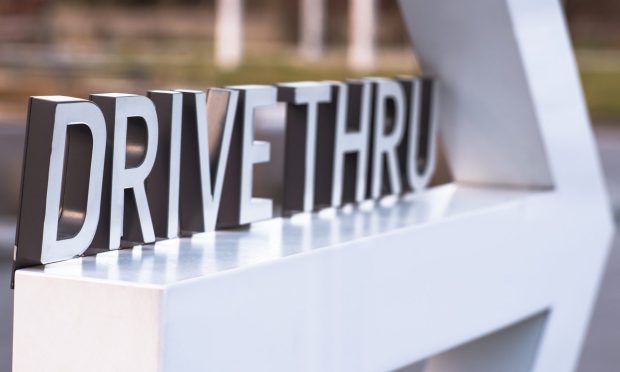C-Stores Face Looming Problem With Lack of Drive-Thrus and Curbside Pickup

Aiming to meet so many of consumers’ routine needs, the convenience store model is something of a double-edged sword. On the one hand, this mission provides a whole host of sales opportunities every day. On the other, the more goods and services the store provides, the more competitors emerge against whom the store must hold its own. One of the main fields coming into tension with c-stores right now is the quick-service restaurant (QSR) industry, seeking to provide consumers with quick and easy ways to get their food needs met.
At the National Association of Convenience Stores’ annual show, held Oct. 5-8, Howland Blackiston, principal at King-Casey, spoke about the importance for c-stores of providing drive-thru and curbside options. In a slide from his presentation shared by the news outlet CStore Decisions, he noted that many stores are lagging in this area.
“The convenience store model has been transitioning toward a foodservice-focused business model for some time now. C-stores have improved their foodservice menus,” he wrote, noting that prepared foods have much higher average profit margins than general merchandise. “So far so good, however… Merely upgrading F&B leaves convenience trends and consumer trends unaddressed.”
PYMNTS research from The Bring-It-to-Me Economy report, created in collaboration with Carat from Fiserv, suggests curbside pickup is indeed on the rise. The census-balanced survey of over 5,200 U.S. consumers found that 42% of consumers would be encouraged to shop at physical stores more if the stores offered online ordering with curbside pickup options, and it indicated that 46% of consumers report buying food from a restaurant’s website for pickup more often than before the start of the pandemic.
You may also like: Bring-It-to-Me Economy Ascends as Consumers Embrace Home-Centric Lifestyles
Additionally, findings from the PYMNTS Restaurant Readiness Index, a Paytronix collaboration, which surveyed 25,000 consumers and 514 managers of QSRs and full-service restaurants, showed drive-thrus may be essential to make it in today’s competitive marketplace. The study found that 57% of top performing restaurants offer the ability to pick up orders at the drive-thru, compared to just 16% of bottom performers. Additionally, 40% of consumers believe that this ability will be key to restaurants’ future success. Yet surprisingly, only 26% of managers shared their belief.
There are existing advantages that convenience stores have over QSRs in drawing consumers in to fulfill their on-demand prepared food needs. In an interview with PYMNTS, Art Sebastian, VP of digital experiences at Casey’s General Stores, told PYMNTS that the brand’s stores have an opportunity to build loyalty in a way that QSRs cannot — by offering fuel rewards, meeting a need that is central in many consumers’ daily lives. Additionally, because the c-store offers points not only for prepared food purchases but also for fuel and general merchandise, it can drive engagement more frequently than most QSRs can.
“More than half of our enrolled members engage with us each month, and that’s very different when you look at big restaurant players and big coffee players, et cetera,” said Sebastian. “They’re out there on their earnings calls talking about engagement every 90 days, every six months, we look at it every 30 days, and we have a highly engaged group.”
